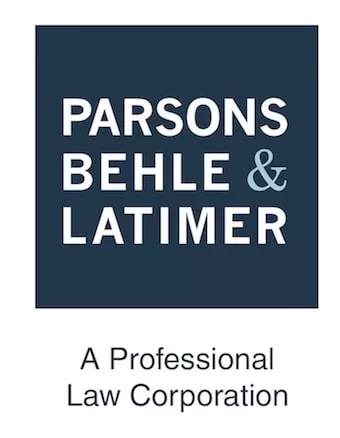In a decision issued on June 25, 2024, the District of Columbia Court of Appeals upheld the Bureau of Land Management's (BLM) regulation allowing a mining claimant to locate as many mill site claims as “are reasonably necessary to be used or occupied for” mining operations. 43 C.F.R. § 3232.32.
The regulation was originally adopted by the BLM in 2003. In 2009, a number of environmental plaintiffs, including Earthworks, Great Basin Resource Watch, Western Shoshone Defense Project, Save the Scenic Santa Ritas and High Country Citizens' Alliance filed suit in federal court challenging the rule. A number of mining industry organizations, including National Mining Association, American Exploration and Mining Association, Alaska Miner Association, Barrick Gold North America, and Round Mountain Gold Corporation as well as the State of Alaska, intervened on the side of the Department of Interior and BLM to defend the rule.
In October 2020, the Federal District Court for the District of Columbia ruled against the plaintiffs and they appealed.
The dispute focused on the language of 30 U.S.C. §42(a), the section of the 1872 Mining Law that allows claimants to locate and patent mill site claims on nonmineral land where land is needed for mining and milling purposes. In a 1997 Solicitor's Opinion, Solicitor John Leshy reinterpreted this section to limit a claimant to a single mill site for each corresponding lode or placer claim. In 2003, the Department of Interior withdrew the Leshy opinion and adopted a final rule restoring the historical interpretation, i.e., that a claimant could locate as many mill sites as needed for mining and milling operations.
The majority opinion of the appellate court resolved the issue by a straightforward reading of the statutory language, supported by history and other provisions of the law. The majority opinion rejected Solicitor's Leshy's 1997 reading of the statute as “novel,” and found that the 2003 regulation was consistent with the history of administration of the law. The majority opinion also rejected claims that BLM failed to comply with the National Environmental Policy Act when it adopted the mill site regulation.
In a dissenting opinion, Judge Florence Pan criticized the regulation as an “unlimited-mill-site approach,” allowing miners to “claim huge swaths of mil-site land.” But the dissent ignored the straightforward limitation in the regulatory language and essentially repeated the reasoning of the discredited 1997 Solicitor's Opinion.
For a thorough discussion of the history of the mill site dispute and this litigation, see Jim Butler and Roy W. Fuller, Public Lands, the Courts and the Mining Law of 1872, 67 Rocky Mtn. Min. L. Inst. 17 (2021).
The content of this article is intended to provide a general guide to the subject matter. Specialist advice should be sought about your specific circumstances.
We operate a free-to-view policy, asking only that you register in order to read all of our content. Please login or register to view the rest of this article.


